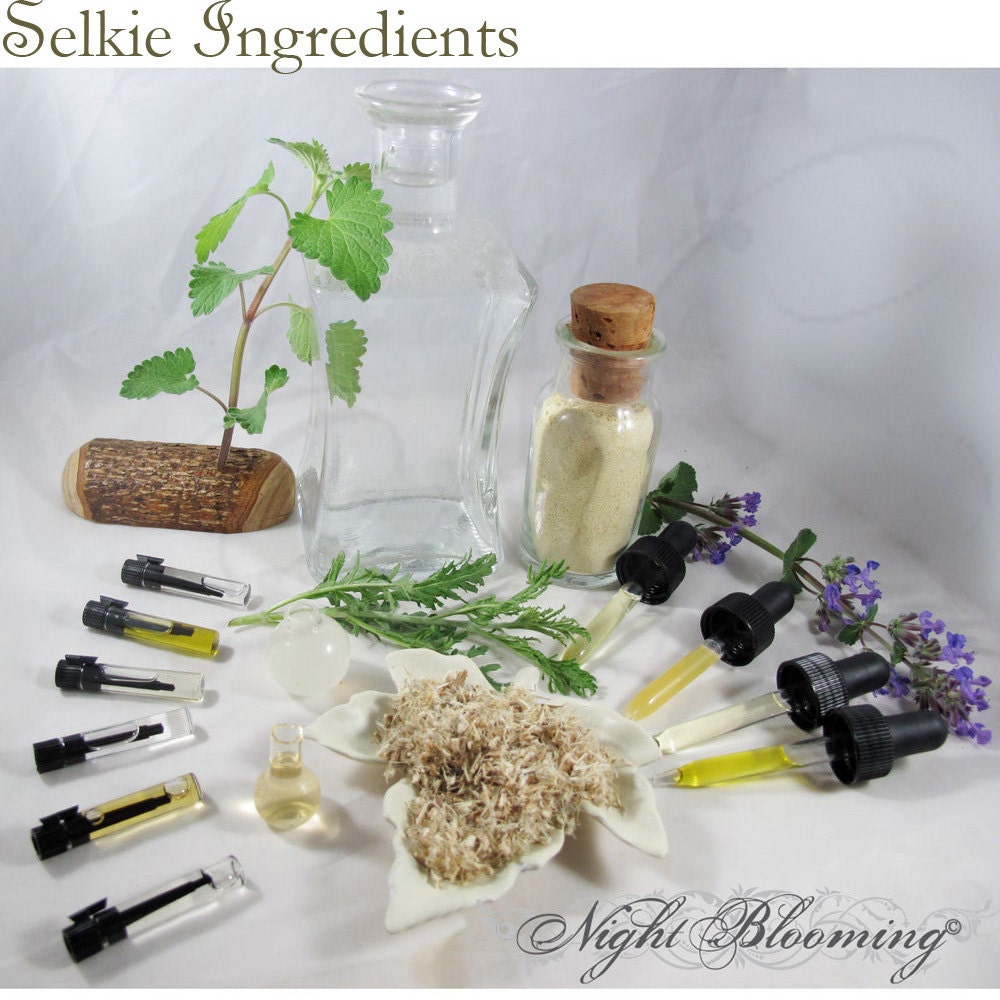So how do these pictures all come to be?
Where does something like this come from?
Purpose
The very first thing I do when setting up a product shot is to create a purpose for the shot. The easy top-level purpose is to, of course, show a customer or potential customer what a product looks like. But it's more than that. The photographs have to stand in for all the things a customer cannot do. They cannot smell a product, or touch it, or hold it in their hand and gauge the size.
For the Miruvor Long Hair Tea pictures above, the pictures show what the customer can expect. They see the initial package and label, the tea bag, they can see the herbs that are in it, and they can see the color that the rinse brews up. It makes it easy to imagine wrapping your hands around that big glass cuppa and taking a drink.
This helps build confidence, because you, as a customer, then have a sense of security in knowing what you're getting when you click Add to Cart.
Another example of purpose is in showcasing ingredients. Here are the ingredients for our Selkie Herbal Detangler:
Distilled water, Marshmallow root, slippery elm & fenugreek seed herbal infusion, Aloe vera gel, Apple cider vinegar, Argan Oil, Borage Oil, Camelina Oil, Vitamin E Oil, and the essential oils of Catnip, Cedarwood, Lavender, Lime, Petitgrain, and Sage
But that doesn't really say the same thing as this:
Here you experience these ingredients in a totally different way. You can picture them coming together, imagine the feel and the aroma of fresh herbs and crisp water. It reaches out in a way that a bulleted list simply cannot.
Setup & Design
Once the purpose is achieved, setup begins. That Selkie ingredient picture? Took two and a half hours to compose. Filling all those little vials, the droppers, gathering and arranging the herbs, finding good vessels for the water and the fenugreek are all tiny areas of detail that have to come together. Then it builds into a composition, where visual motion, framing, angle and a bunch of other photographic and artistic principles come together.
So if you take about 5 steps back from this:
The Forest Glade Dark Hair Rinse picture above looks like this:
I'm using a lightbox and color-balanced lighting.
The Camera
My pictures are all shot with a Cannon G11:
On average, I shoot 15-20 pictures per end photo. When I reshot the hair rinses and teas, there were over 150 images shot for three products and all their variations.
Photo Editing
Then I load all those pictures onto my computer. I use Photoshop as my image editing program.
Images selected (often from 4 or 5 very similar ones), cropped, color-balanced, and touched up. The goal is to present the product in its most true form, never visually alter it beyond what a customer should expect to see in person (see every fast food burger ad ever).
Now that isn't to say I don't take ANY artistic liberties.
Our honey bees are pretty tame, but they're not QUITE that docile (or cooperative).
Editing images is a very, very time-consuming process. At the end I add the NightBlooming watermark and save the images out. Then the final images are updated in the store:
Shooting my products is one of those aspects that lets me flex my photography and visual design skills, and it's a ton of work, but it's actually also a very fun, very creative process.










No comments:
Post a Comment